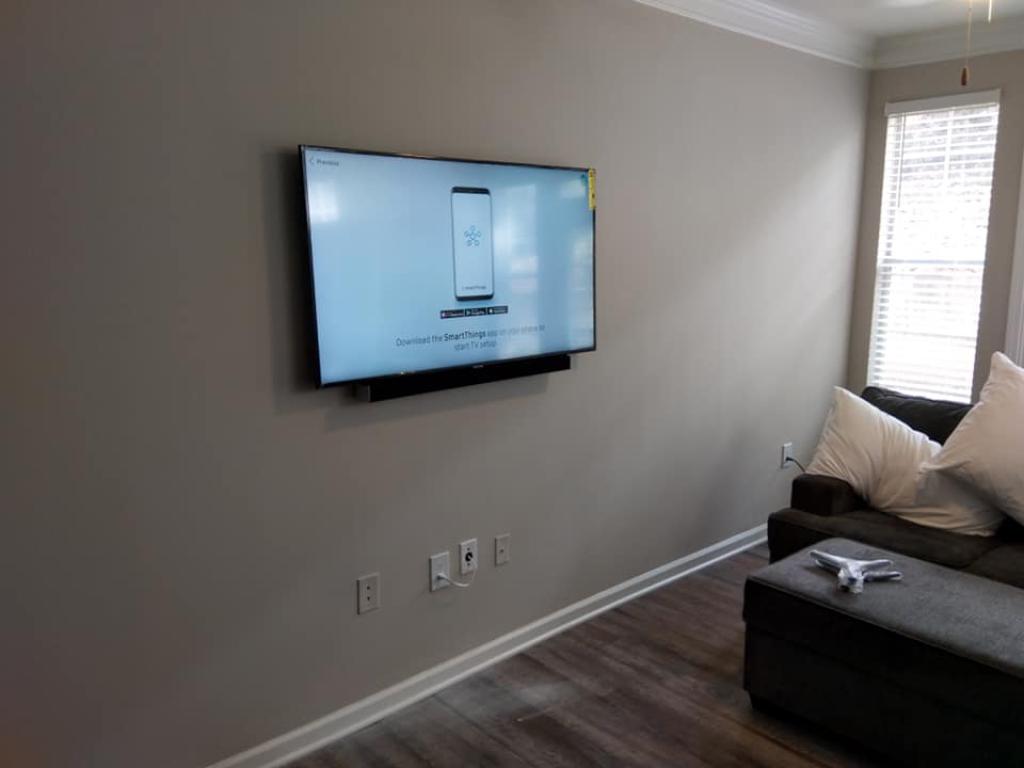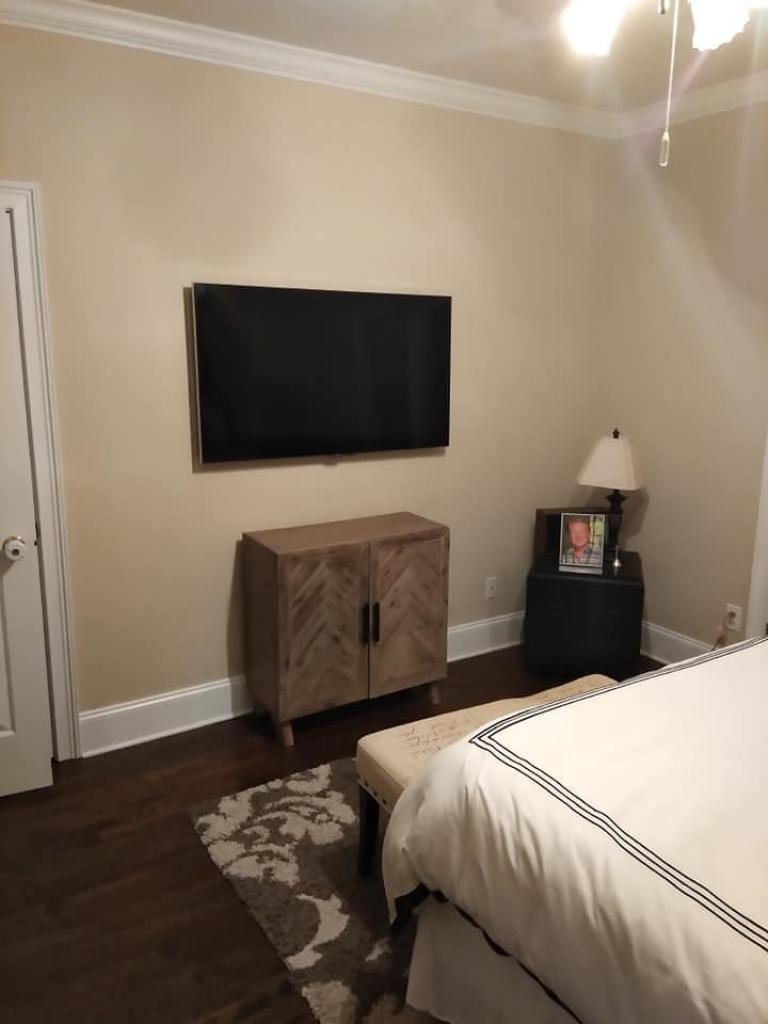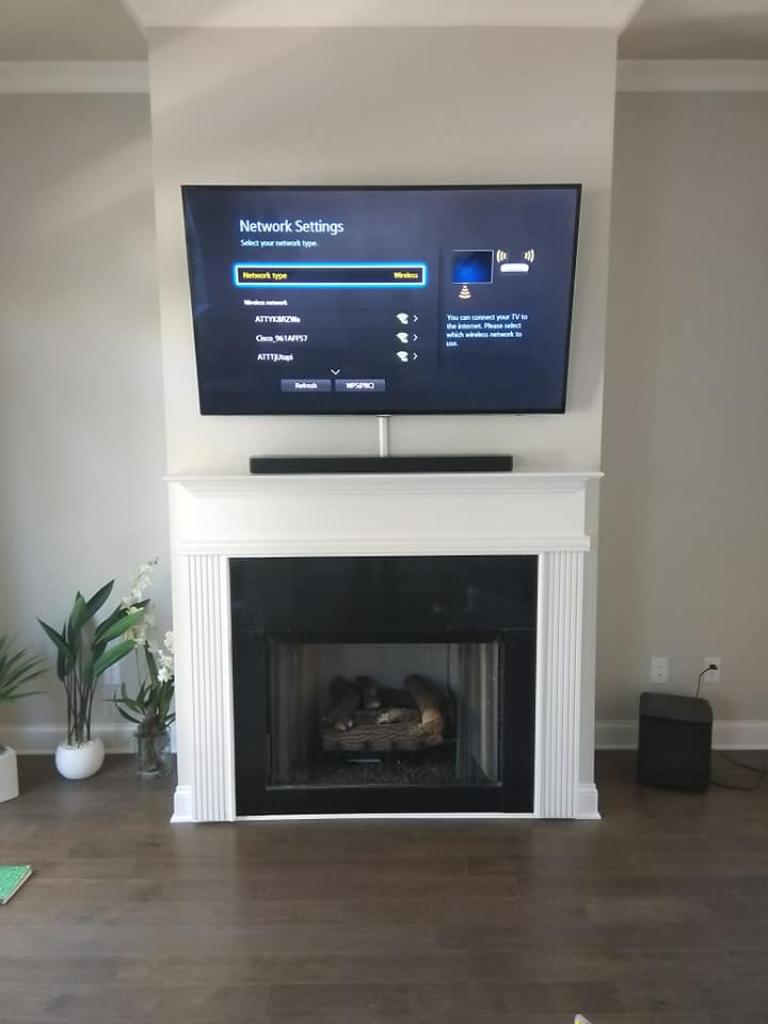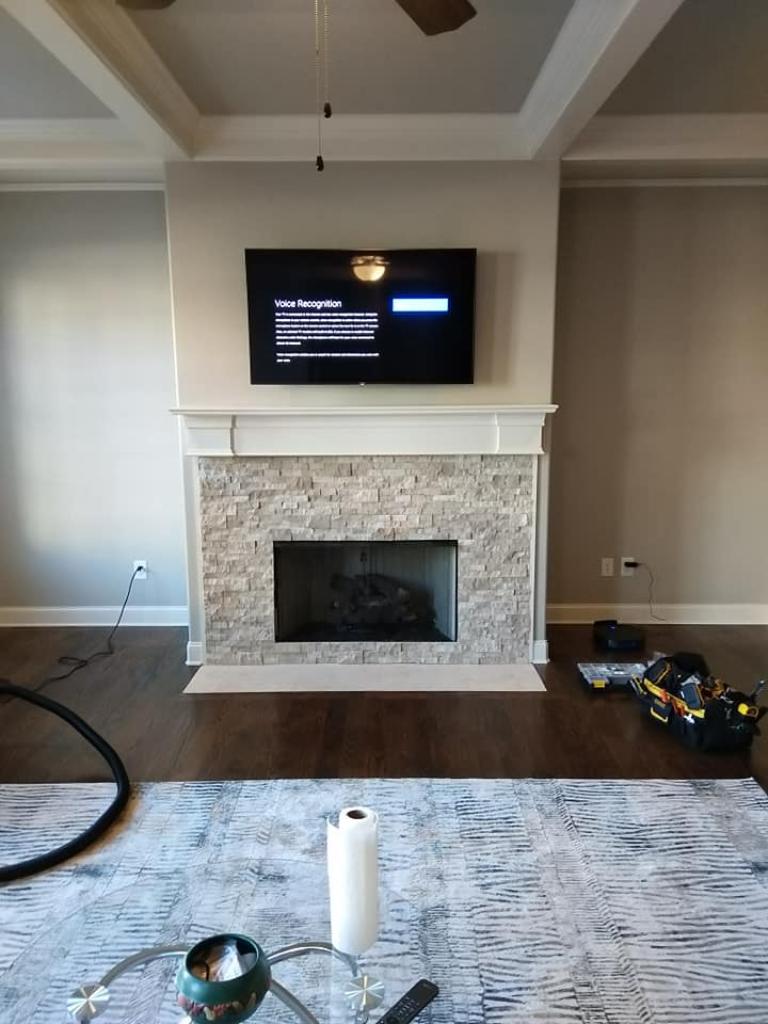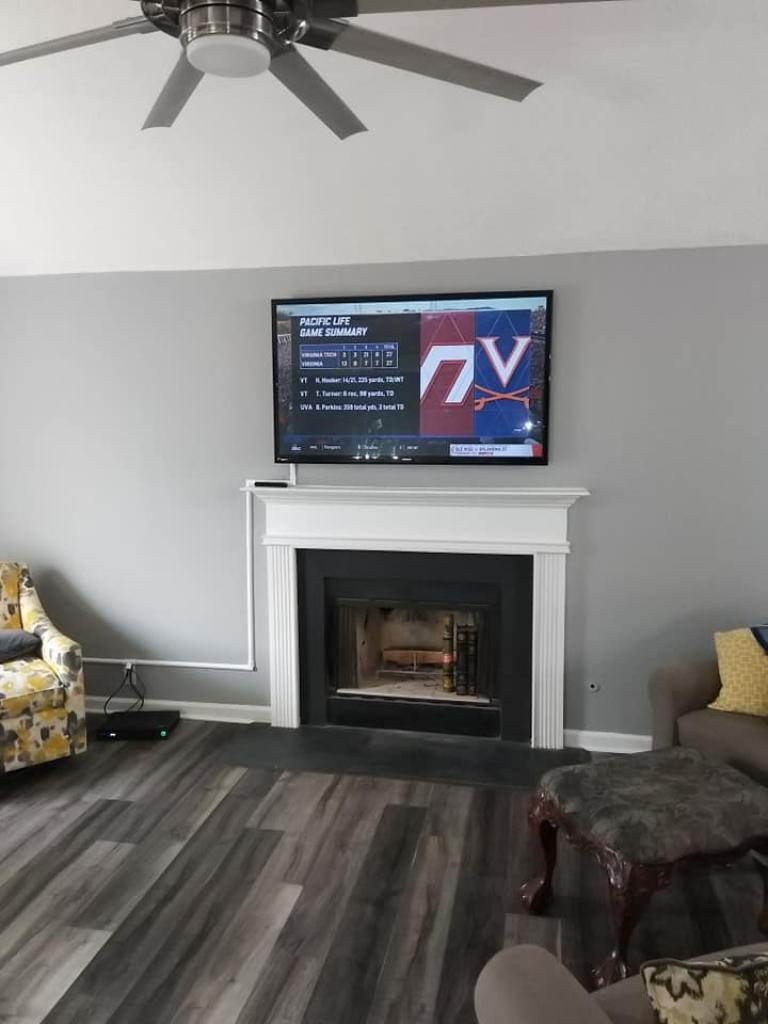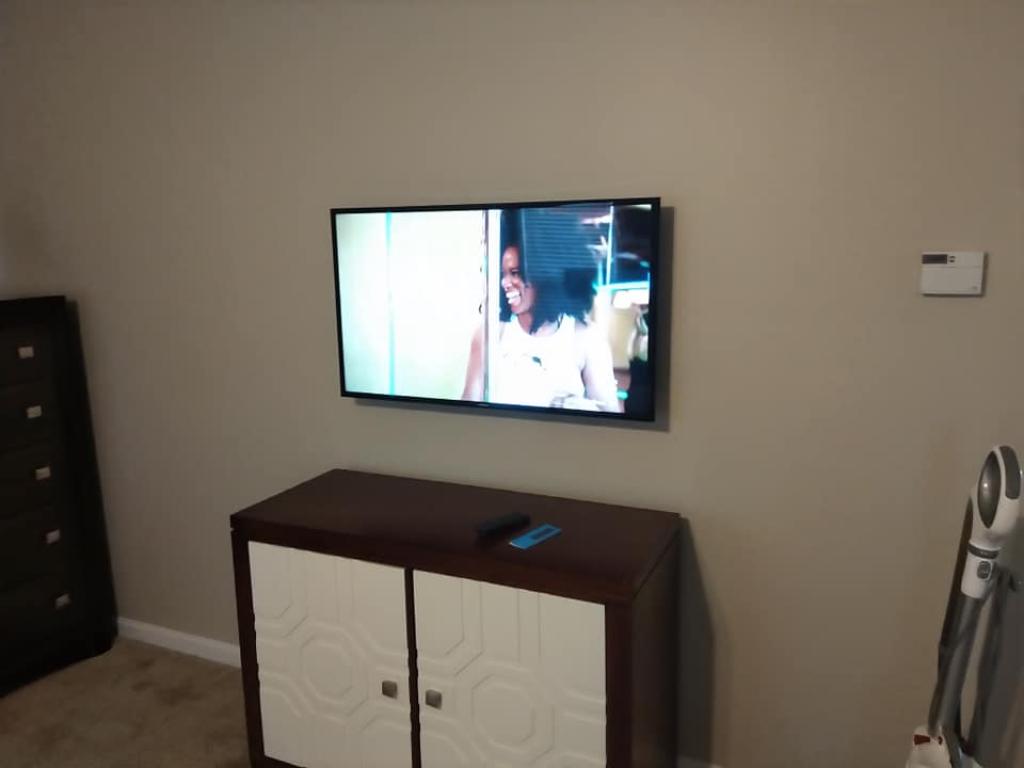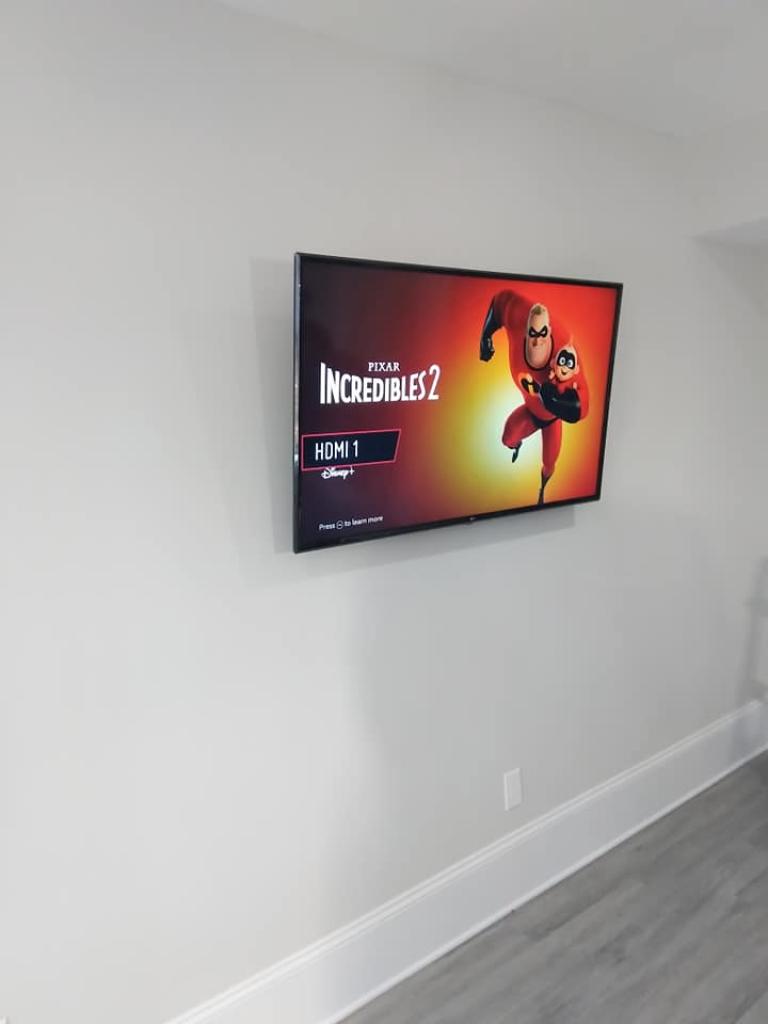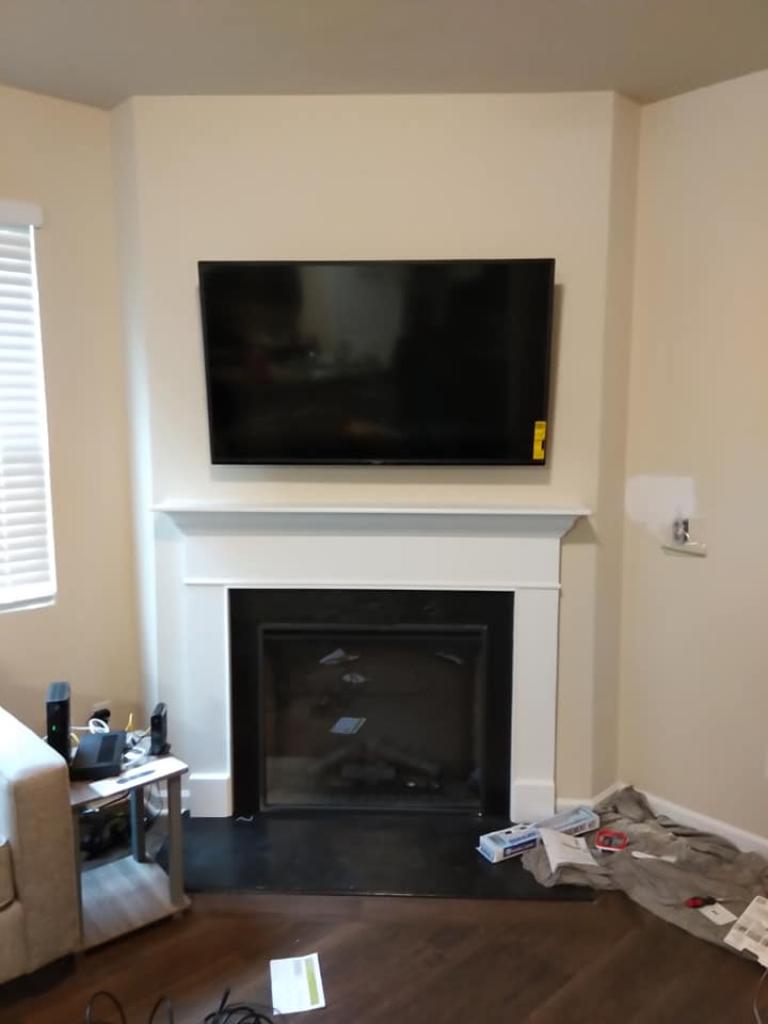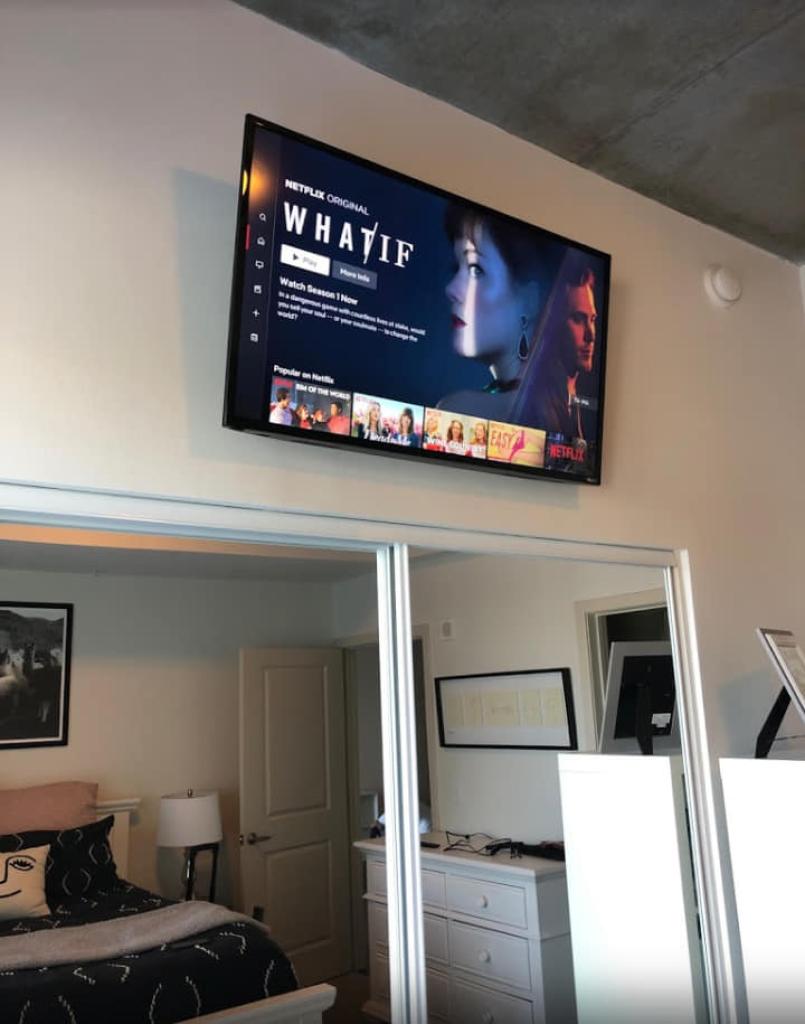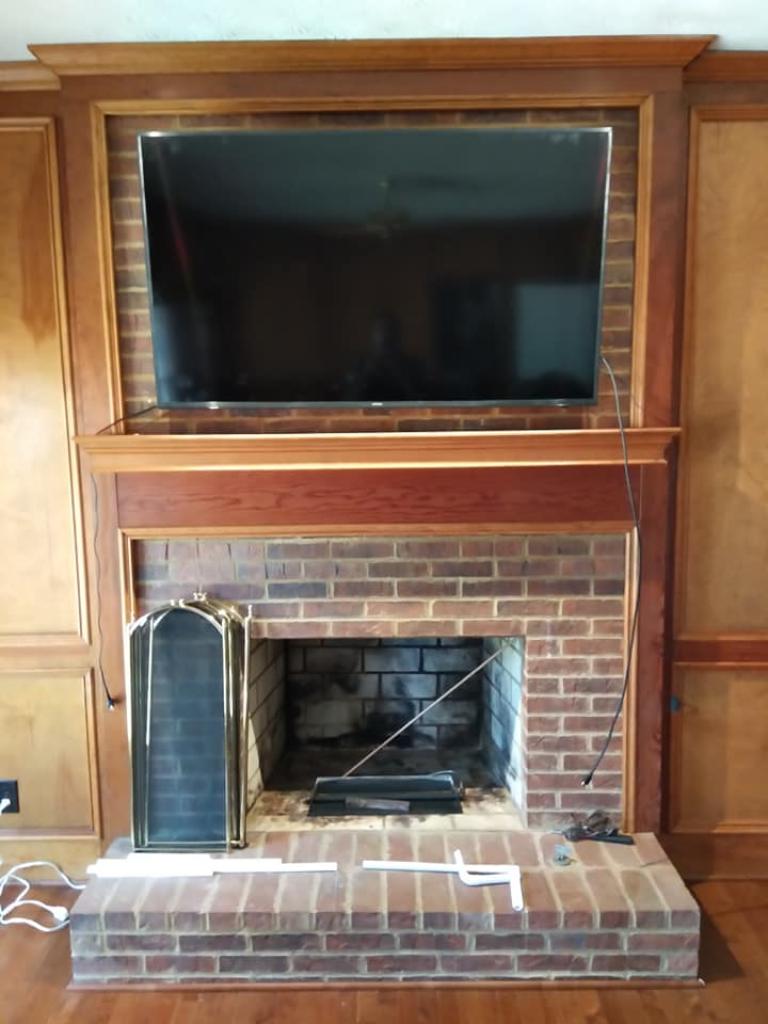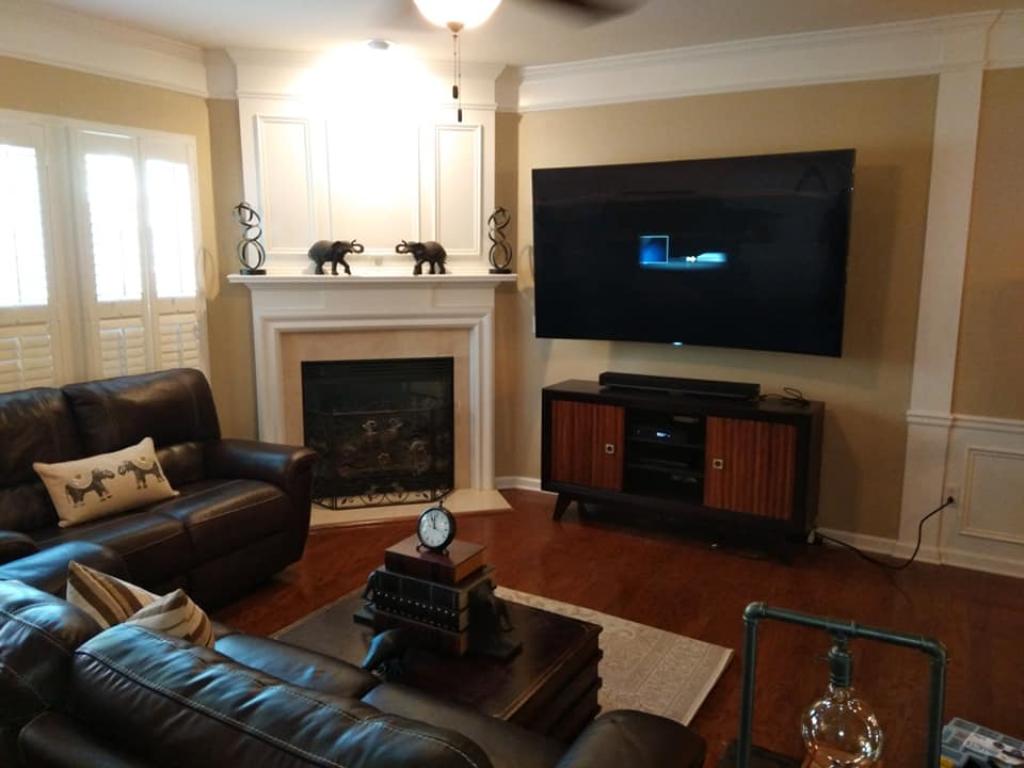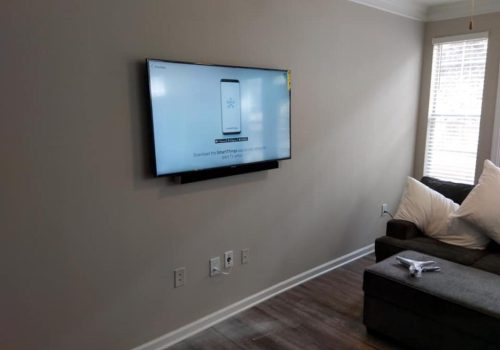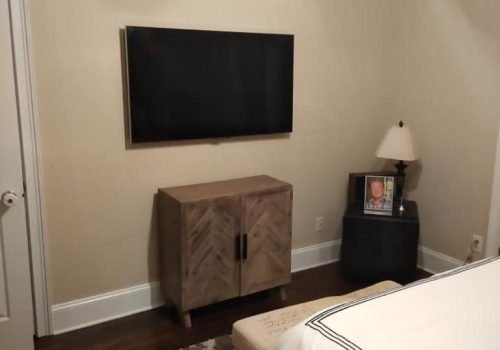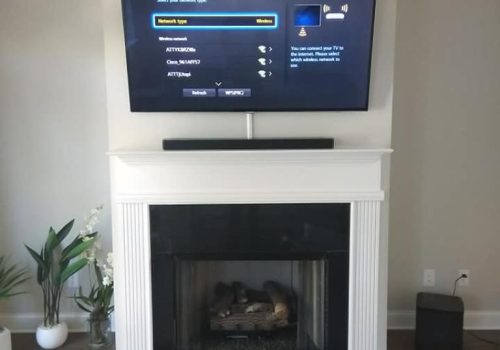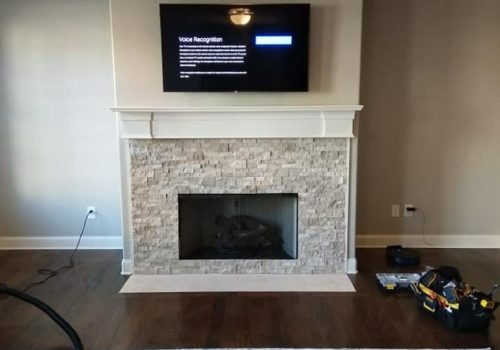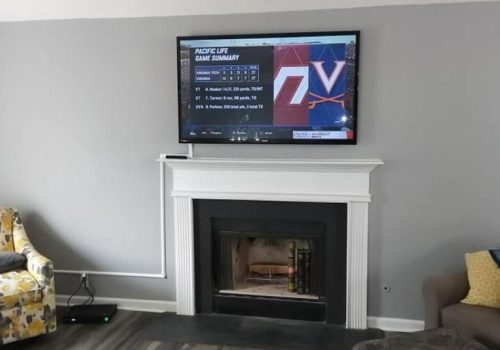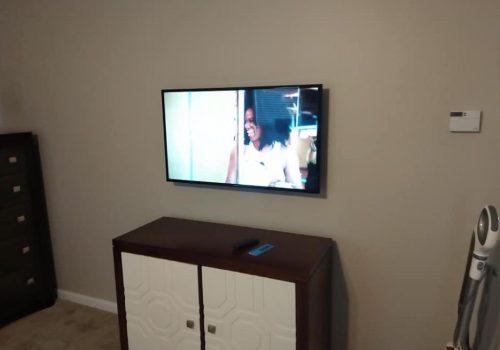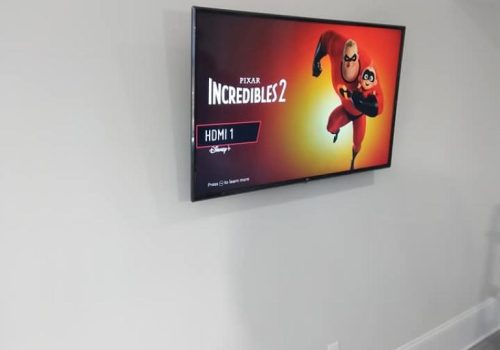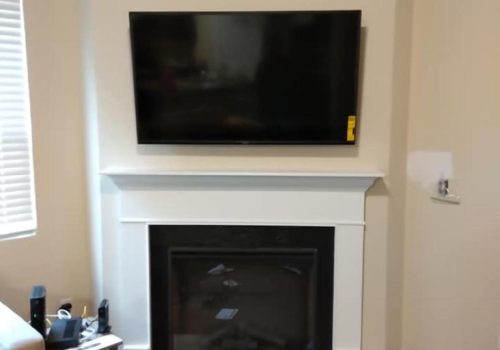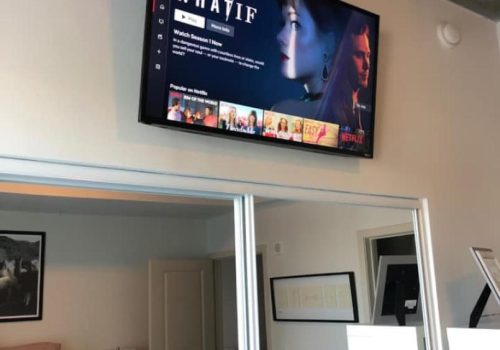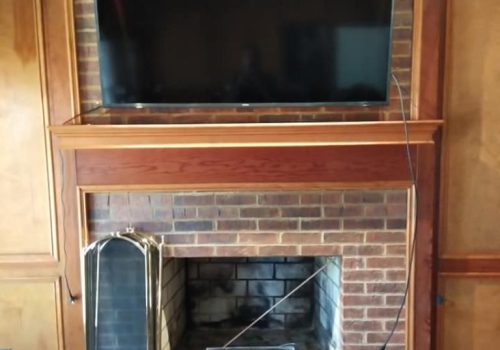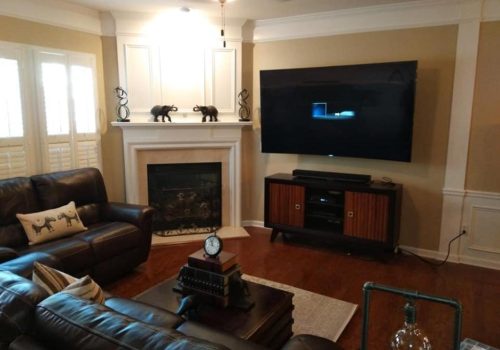Optimal TV Placement: How to Determine the Right Mounting Height
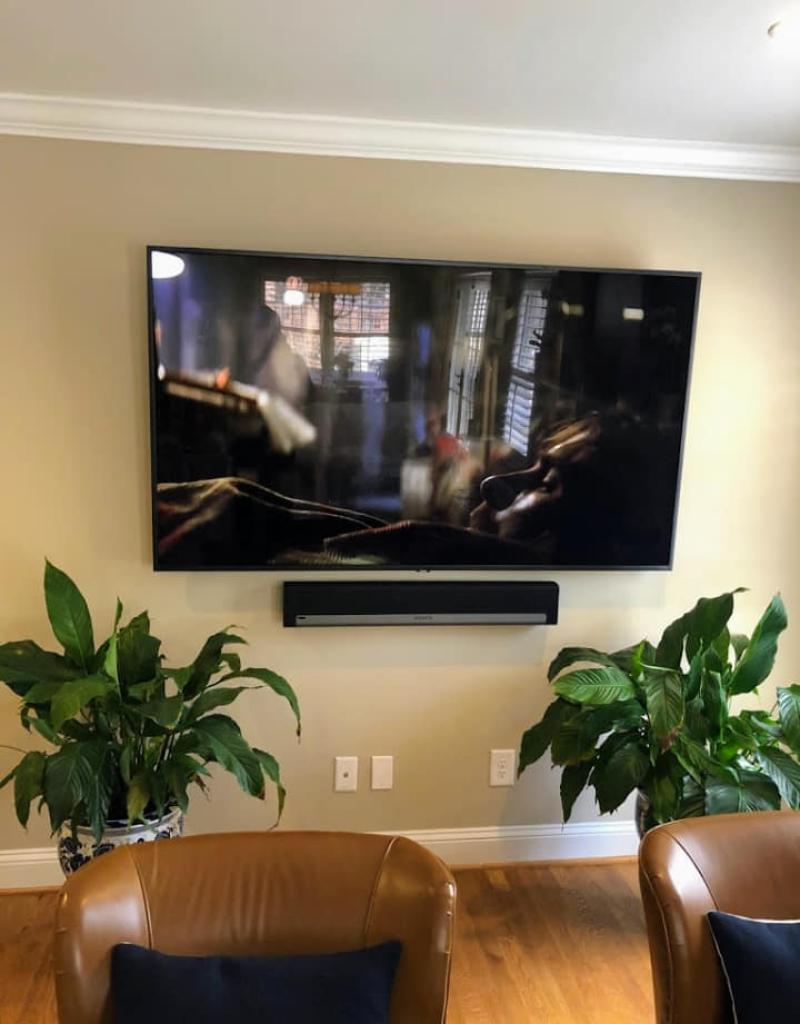
Optimal TV Placement: How to Determine the Right Mounting Height
The placement of your TV can greatly affect your overall viewing experience. Finding the optimal TV mounting height is a crucial step in creating a comfortable and immersive entertainment space. In this comprehensive guide, we'll delve into the factors that influence TV height, provide expert tips, and help you achieve the perfect TV placement that enhances both aesthetics and functionality.
1. Eye-Level Comfort:
When it comes to TV placement, eye-level comfort is paramount. The ideal viewing height should allow you to comfortably gaze at the screen without straining your neck or eyes. For most living rooms, a common rule of thumb is to mount the TV at seated eye level, which is approximately the viewer's eye height when seated on the couch.
2. Measure and Calculate:
To determine the exact height, follow these steps:
a. Measure the height of your seating area from the floor.
b. Divide the height by 2.5 to 3. This will give you a general range for the optimal TV height.
For example, if your seating area's height is 30 inches, the optimal TV height would be between 10 to 12 inches from the top of the TV to the floor.
3. Consider Seating Arrangement:
The arrangement of your seating area plays a significant role in TV placement. If you have a reclining couch or chairs, consider mounting the TV slightly higher to ensure a clear view even when reclined. Conversely, for a more formal seating arrangement, sticking closer to eye level is recommended.
4. TV Size Matters:
The size of your TV should also influence the mounting height. Larger TVs might require a slightly higher placement to avoid a craned neck, while smaller TVs could be mounted slightly lower without compromising the view.
5. Avoid Glare and Reflections:
Glare and reflections can significantly hinder your viewing pleasure. To prevent these issues, consider the room's lighting. If your room has a lot of natural light, choose a wall with minimal glare during the day. Tilt and swivel mounts can be particularly helpful in adjusting the TV's angle to avoid glare.
6. Mantel Mounting:
If you're considering mounting your TV above a fireplace mantel, be cautious. The height can be challenging due to the distance between the mantel and the seating area. Use the same eye-level calculation, factoring in the height of the mantel and the potential strain on your neck.
7. Wall Art and Decor:
In rooms with extensive wall art or decor, find a balance between the TV and the surrounding elements. Avoid placing the TV too high or too low, as it might clash with the visual flow of the room.
8. Flexibility with Articulating Mounts:
Articulating mounts offer the advantage of adjusting the TV height to suit different scenarios. Whether you're sitting, standing, or reclining, you can fine-tune the TV position for optimal viewing comfort.
Conclusion:
Achieving the optimal TV mounting height is a combination of precise calculations, viewer comfort, and room aesthetics. By taking into account factors like eye level, seating arrangement, TV size, glare, and room decor, you can create a harmonious setup that enhances your TV-watching experience. Remember that individual preferences may vary, so it's essential to find the height that suits you best. Whether it's movie nights, sports events, or binge-watching your favorite shows, the right TV placement will elevate your entertainment space to new heights of enjoyment.
Contact us for a free quote
www.tvmountmen.com
678-870-8890
Gallery
